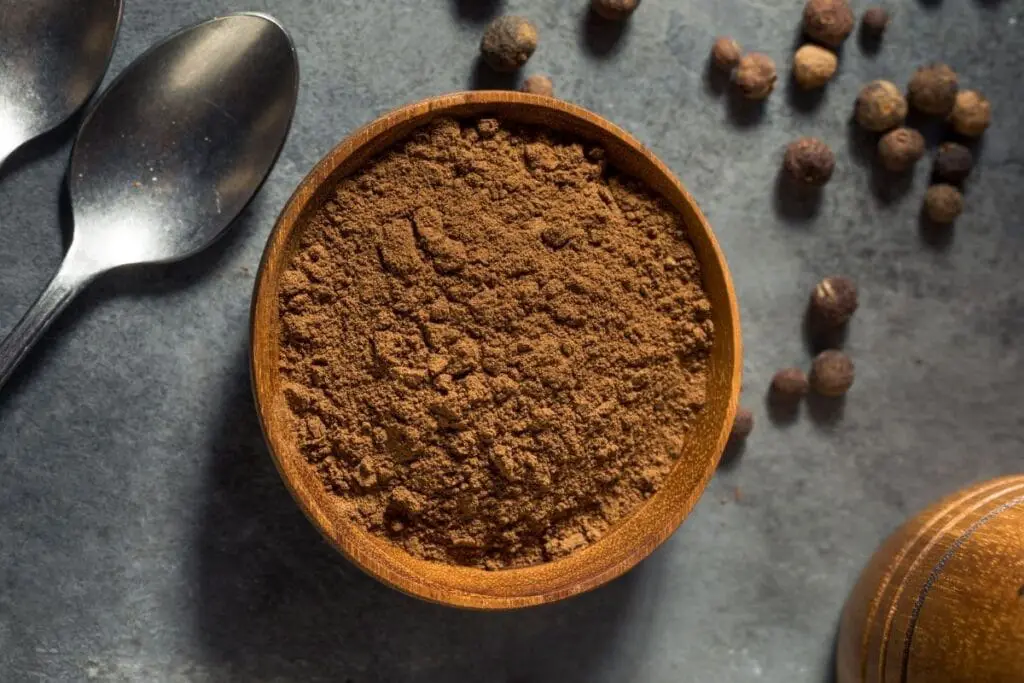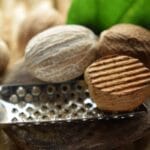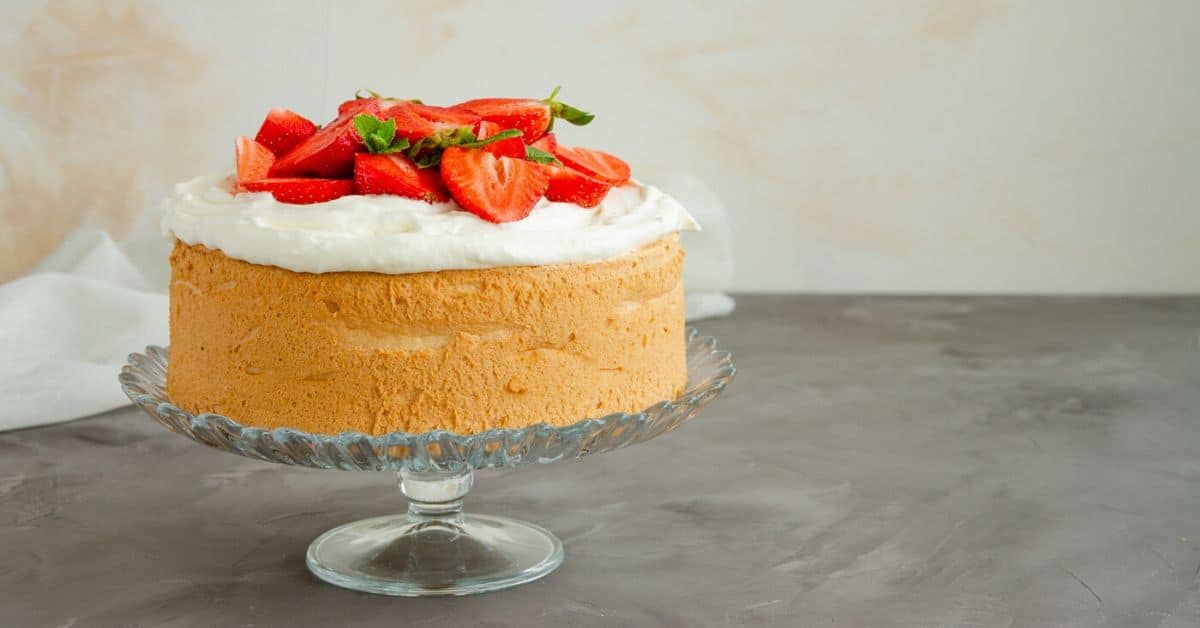In summary: Some of the allspice substitutes are whole allspice berries, cinnamon, nutmeg, mace, etc. We also give tips on how to choose the best substitute depending on the recipe and personal preference below.
Allspice is synonymous with all things warm and comforting. From pumpkin pie and curry to spice cake and jerk seasoning, it’s incredibly versatile for use in sweet and savory dishes.
If you feel like conjuring up some delicious, comforting treats but don’t have any allspice on hand, all is not lost. Despite its unique and complex flavor, there are substitutes for allspice that can successfully bring the same warming spice notes to your dish.
The suitability of the replacement you choose will depend on the dish you are making. In this guide, we will help you choose the best allspice substitute for sweet and savory delights.
What Is Allspice?
Many people mistake allspice for a blend of spices when really it is just a single spice with a truly elaborate taste profile. Allspice is a dried berry native to Jamaica and other areas of Central America.
The berries are harvested while still unripe and sun-dried until they have a red-brown color. They are crushed or ground into a fine powder. The flavor is reminiscent of cinnamon, nutmeg, and cloves and has a slight peppery bite.
The spice is used globally in sweet dishes like apple pie, pumpkin pie, bread or muffins, spice cake, mincemeat pies, and cookies. In savory recipes, it is popular in Jamaican curry, jerk seasoning, marinades, pickling liquids, ham glaze, meat rubs, and meatballs. It is also added to mulled wine and spiced apple cider.
Best Allspice Alternatives
So, what can you use instead of allspice?
#1. Whole Allspice Berries
Although the whole berries are not that easy to find in general grocery stores if you happen to have them on hand, use them!
There are a few things to keep in mind when using whole spices and seeds compared to using their ground counterparts.
The whole seeds will have a somewhat muted flavor. Grinding whole seeds just before using them will, however, give you a stronger flavor than buying pre-ground spices since the ground spices lose potency over time as the powder is exposed to air and light.
The whole or cracked berries are great to use when making spiced apple cider and mulled wine, as well as adding to pickling liquids since all these applications merely involve the spice for releasing flavor as opposed to biting into the whole seed (don’t forget to strain them).
If you are baking or making any other cooked dish, spice rub, or marinade, grind the seeds first so that they integrate evenly with the rest of the ingredients.
Grind the dried berries in a spice grinder or clean coffee grinder and replace them in equal quantities.
#2. Cinnamon
Cinnamon is the ultimate spice of comfort. Although it does not have the same peppery kick as allspice, it does offer similar warming notes and is used in both sweet and savory recipes.
Cinnamon sticks or cinnamon powder can both be used. As with the above option, the sticks are best used to infuse flavor into drinks. If they are used in stews or curry, they need to be removed before serving.
You can grind the sticks into a fine powder using a spice or coffee grinder if you don’t have any pre-ground cinnamon powder. The powder is a good substitute for allspice in almost any recipe, from cakes, cookies, and pies, to seasonings, drinks, and stews.
Replace the powder in equal quantities. If you are missing the pepperiness, add a ¼ of a teaspoon of ground pepper to the mix.
#3. Nutmeg
Although it has ‘nut’ in its name, nutmeg is not a nut but is a seed that comes from the nutmeg tree. The spice is available either in its whole form (which does look a bit like a nut) or in a powder form.
If you have the whole nutmeg, you need to grate it into your dish to use it. Nutmeg has a woody taste with hints of clove, nuttiness, and a slight citrus hint. It is also very reminiscent of holiday cooking and used in baked goods, eggnog, pies, sausage seasonings, meat, vegetable, and poultry dishes.
Only use half the amount of nutmeg called for in the recipe. You can add a little more to the taste if you feel it is necessary. In baked goods, however, it is best to err on the side of caution. Add a pinch of ground black pepper in savory dishes if the peppery notes of allspice are important in your dish.
See more: Replacement for nutmeg
#4. Mace
Mace is the exterior membrane found on nutmeg and has a similar taste with additional notes of cinnamon and black pepper. It is a great sweet and savory spice used in meat and seafood dishes, stews, cookies, pies, rice pudding, and spiced baked treats. Use mace as a substitute in equal quantities.
#5. Star Anise
Star anise is a fairly large star-shaped spice with notes of sweet licorice, earthiness, and a slight bitterness. This makes it an ideal substitute.
The whole spice is often used to impart flavor in curries, mulled wine, and stews. However, it has to be removed before serving. It has a bark-like texture, and its potent fragrance will overtake your palate if bitten into.
Grinding star anise is another way to incorporate it into a dish without having to worry about someone biting into a whole star. The powder form is ideal for baking recipes, spiced cakes, and cookies.
Star anise is also a popular spice in Middle Eastern and Indian cuisine. Use it as a replacement in equal quantities.
#6. Cloves
Cloves are nail or pin-shaped flower buds that come from a clove tree. They are dark brown with an intensely fragrant taste.
The distinct spice is used in a variety of dishes, including curry, stew, turkey, ham, mulled apple cider, pumpkin pie, spiced cakes, and gingerbread cookies.
As with star anise, if you cook with the whole spice, you need to remove it from the dish before serving. Biting into a clove will overtake your palette, and you probably won’t be able to taste the rest of your meal afterward. If you’re concerned about not straining all the buds out effectively, use the ground version instead.
Clove has a very powerful flavor with woody, warm, and slightly sweet notes. It pairs very well with vanilla, citrus, and cinnamon and is even a popular spice in curry.
As a replacement, you only want to use half the amount called for in the recipe since it can quickly overpower other flavors in your dish.
See more: Substitute for whole cloves
#7. DIY Spice Blend: Cinnamon, Nutmeg, and Cloves
After whole allspice berries, this spice blend is probably the best allspice replacement. It covers most aspects of the flavor profile and will yield a very similar result in almost any recipe.
Make a blend with 2 ½ tablespoons of ground cinnamon, 1 tablespoon of ground nutmeg, and ½ a teaspoon of ground cloves. Make sure the spices are evenly combined, and use your blend in a 1:1 ratio as a replacement.
Keep the spice blend in an airtight container in a cool, dry place in your pantry.
#8. Apple Pie Spice
This classic spice blend is a combination of cardamom, cinnamon, and nutmeg. Some varieties will also include allspice and ginger. If you have apple pie spice mix in the pantry, you’ve got a great substitute on hand for sweet and savory recipes.
If you have the spices separately, simply mix four teaspoons of ground cinnamon with a teaspoon of ground cardamom and two teaspoons of nutmeg. Add a pinch (or two) of ground ginger to your preference and combine well.
Use this blend in equal quantities as a replacement.
#9. Pumpkin Pie Spice
Another deliciously warm and comforting blend is pumpkin spice. If you have a premixed store-bought version, it will most likely contain allspice mixed with nutmeg, cinnamon, ginger, and cloves.
If you are making your own blend at home, mix three tablespoons of cinnamon with two teaspoons each of ground nutmeg and ginger and ½ a teaspoon of cloves. You can add slightly more cloves to taste if preferred.
Replace apple pie spice in equal quantities.
#10. Five Spice Powder
Also known as the Chinese five-spice, this blend of spices can commonly be bought premixed. It has a very similar flavor profile which makes it a great all spice alternative in sweet and savory recipes alike.
The blend includes cinnamon, fennel, cloves, star anise, Sichuan pepper, or ginger. Use the blend in equal quantities as a suitable alternative in baking, stews, curry, and spice rubs.
Important note about using spice blends as a substitute:
If your recipe calls for allspice as well as other spices, use your spice mix as a replacement for all the spices that are included in the blend.
For example, if your recipe calls for ½ a teaspoon of allspice and ½ a teaspoon of cinnamon, then replace it with 1 teaspoon of pumpkin pie spice since this will serve as a replacement for both ingredients (it already contains cinnamon).
FAQ
Conclusion
This Jamaican pepper is so versatile and brings the taste of warming comfort to any dish. If you don’t have any on hand, there are a range of basic spice staples you can easily blend together to get similar flavor notes in your desserts, meat rubs, and stews.
The best freshly ground allspice substitutes are cinnamon, nutmeg, and cloves, and better yet, combine these three for a perfectly balanced alternative. Blends such as apple-, pumpkin-, and five-spice all combine these three ingredients with the addition of other spices for a twist of their own.
Making your own blend allows you to tailor the flavors to your preference. If your substitute in a savory recipe lacks some pepperiness, grind some dried peppercorns in the mix for an easy fix and the perfect balance.
*image by bhofack2/depositphotos









